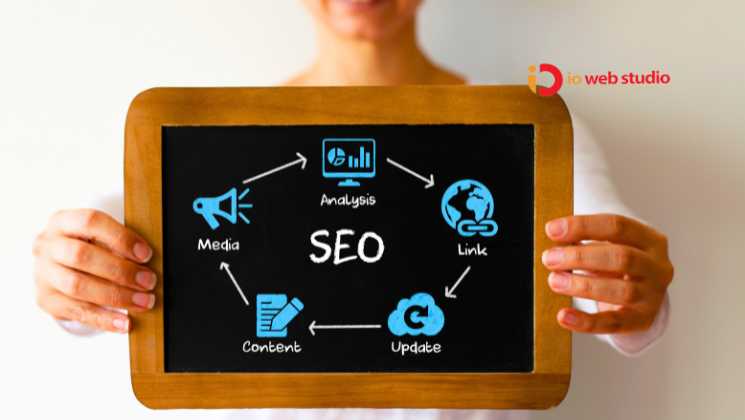Introduction
In the ever-evolving digital landscape, the relationship between web design and Search Engine Optimization (SEO) has transformed into a symbiotic alliance, shaping the way websites are crafted for optimal online visibility. This dynamic partnership not only enhances the aesthetics of a website but also ensures it ranks high on search engine results pages, capturing the attention of the right audience. Let’s delve into the intricate dance of elements that form the symbiosis of web design and SEO.
1. Aesthetics That Speak to Algorithms
Web design is the visual language that communicates with users, providing an immersive and enjoyable experience. However, it is equally significant in the realm of SEO. Search engines appreciate clean, well-structured designs that prioritize user experience. Aesthetically pleasing websites with intuitive navigation contribute positively to SEO rankings, as they encourage users to stay longer and engage more.
2. Responsive Design: A SEO-Friendly Necessity
In an era dominated by mobile devices, responsive design has become imperative. Websites that adapt seamlessly to various screen sizes not only cater to user preferences but also align with Google’s mobile-first indexing, a critical factor in SEO. Responsive design ensures a consistent and user-friendly experience, enhancing the website’s visibility across diverse platforms.
3. Speed Optimization: A Need for Swiftness
User attention spans are shorter than ever, making website loading times a crucial factor. Both web design and SEO converge on the need for speed optimization. A fast-loading website not only keeps visitors engaged but also earns favor in search engine algorithms. Optimizing images, leveraging browser caching, and streamlining code contribute to a swift and responsive website.
4. SEO-Infused Content: Where Design Meets Substance
Content remains king in the SEO realm, and its integration with web design is paramount. Striking the right balance between engaging visuals and SEO-optimized content ensures that your website is not only visually appealing but also ranks high on relevant searches. Keywords strategically woven into captivating copy create a powerful synergy.
5. User-Friendly Navigation: Guiding Clicks and Crawlers
Intuitive navigation is a hallmark of effective web design, contributing to positive user experiences. SEO benefits from user-friendly interfaces as they encourage prolonged visits and exploration. Clear and intuitive menus, coupled with strategic call-to-action buttons, guide both users and search engine crawlers through the website seamlessly.
6. Backlink-Friendly Designs: Nurturing Digital Relationships
Backlinks, essential in SEO, are cultivated through high-quality content and user-friendly design. Websites that are easy to navigate and provide valuable information naturally attract backlinks. A well-designed website becomes a link-worthy destination, strengthening its authority in search engine algorithms.
In Conclusion
The symbiosis of web design and SEO transcends the traditional boundaries of aesthetics and functionality. A visually stunning website is no longer sufficient without the support of strategic optimization. The fusion of engaging design elements with SEO best practices creates a digital entity that not only captivates users but also performs exceptionally in the competitive online landscape. Embrace the symbiotic relationship between web design and SEO, and embark on a journey to craft a website that stands out visually and ranks high effectively. In this harmonious alliance, your online presence becomes a digital masterpiece, resonating with both users and search engines alike.
